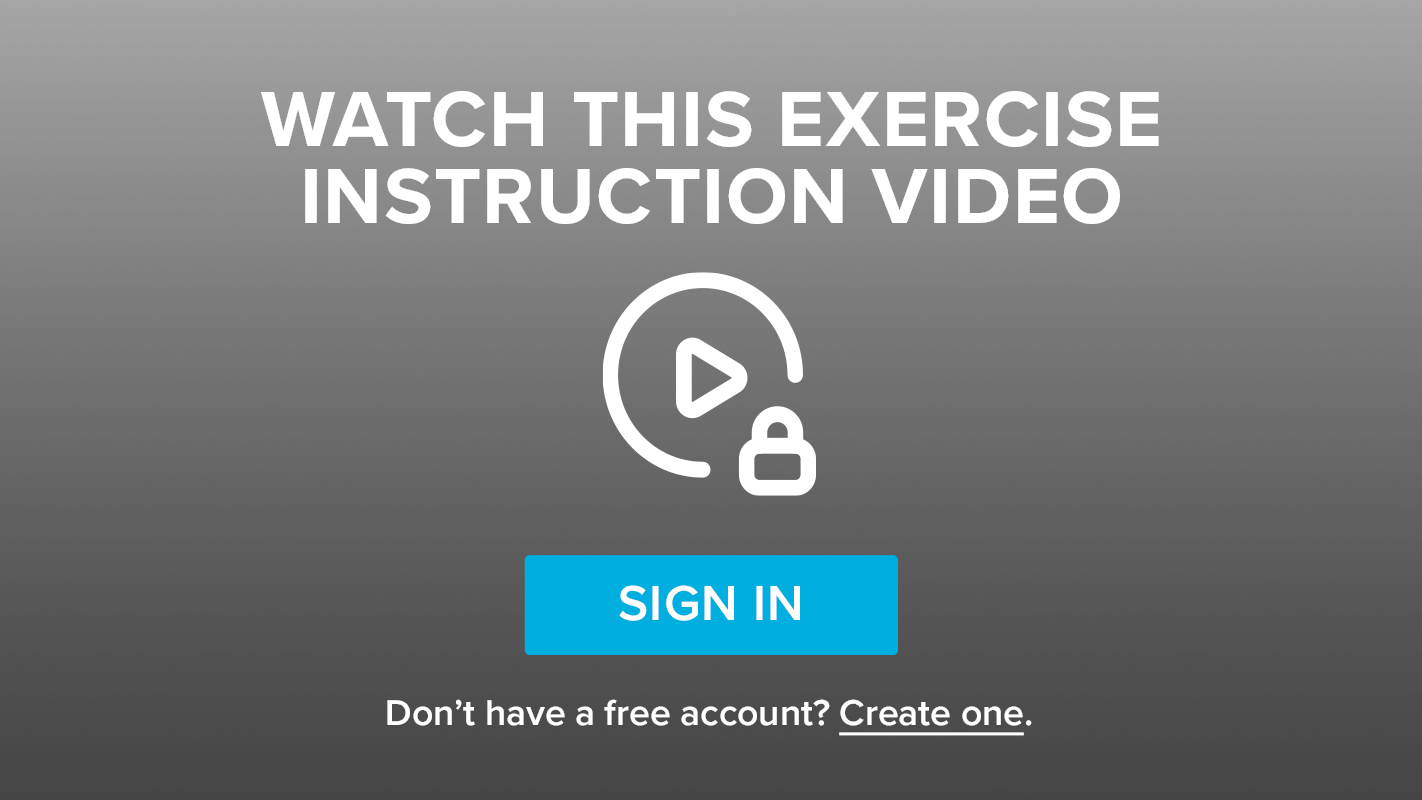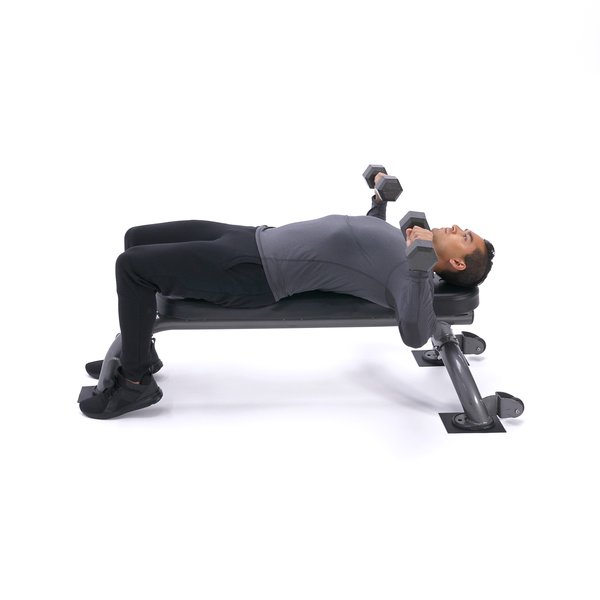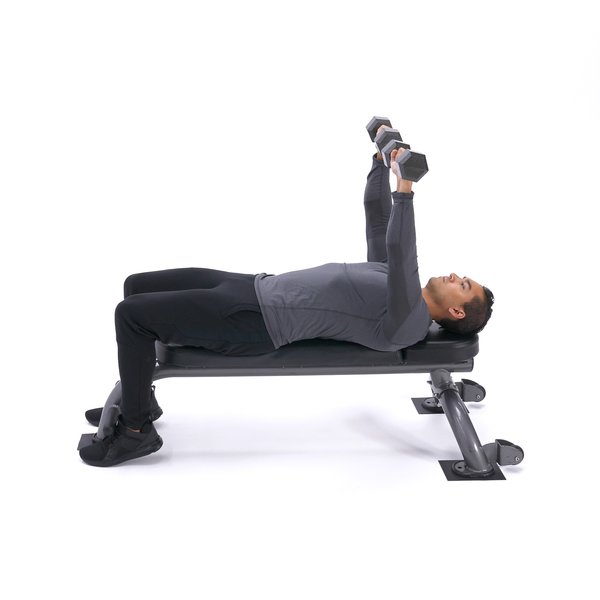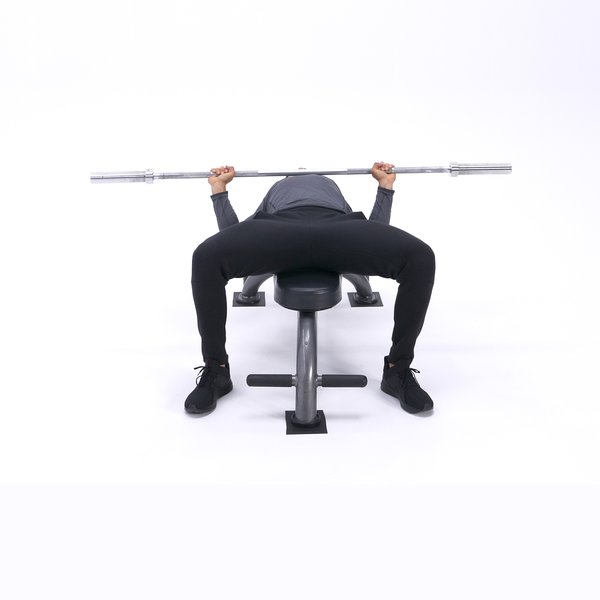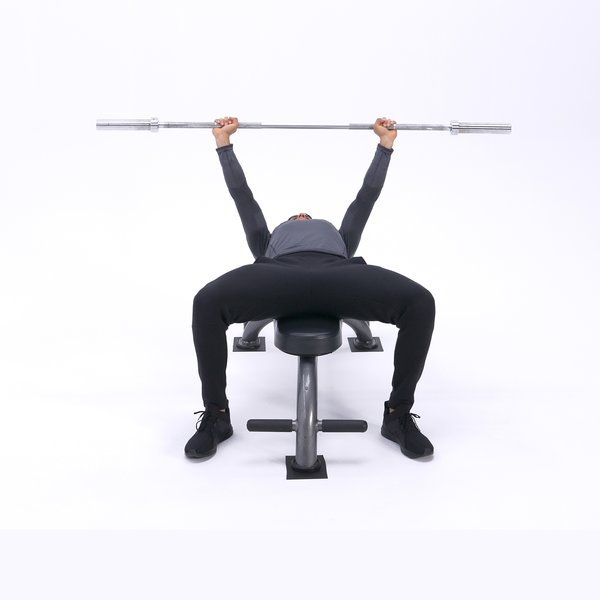Single-arm kettlebell row Images
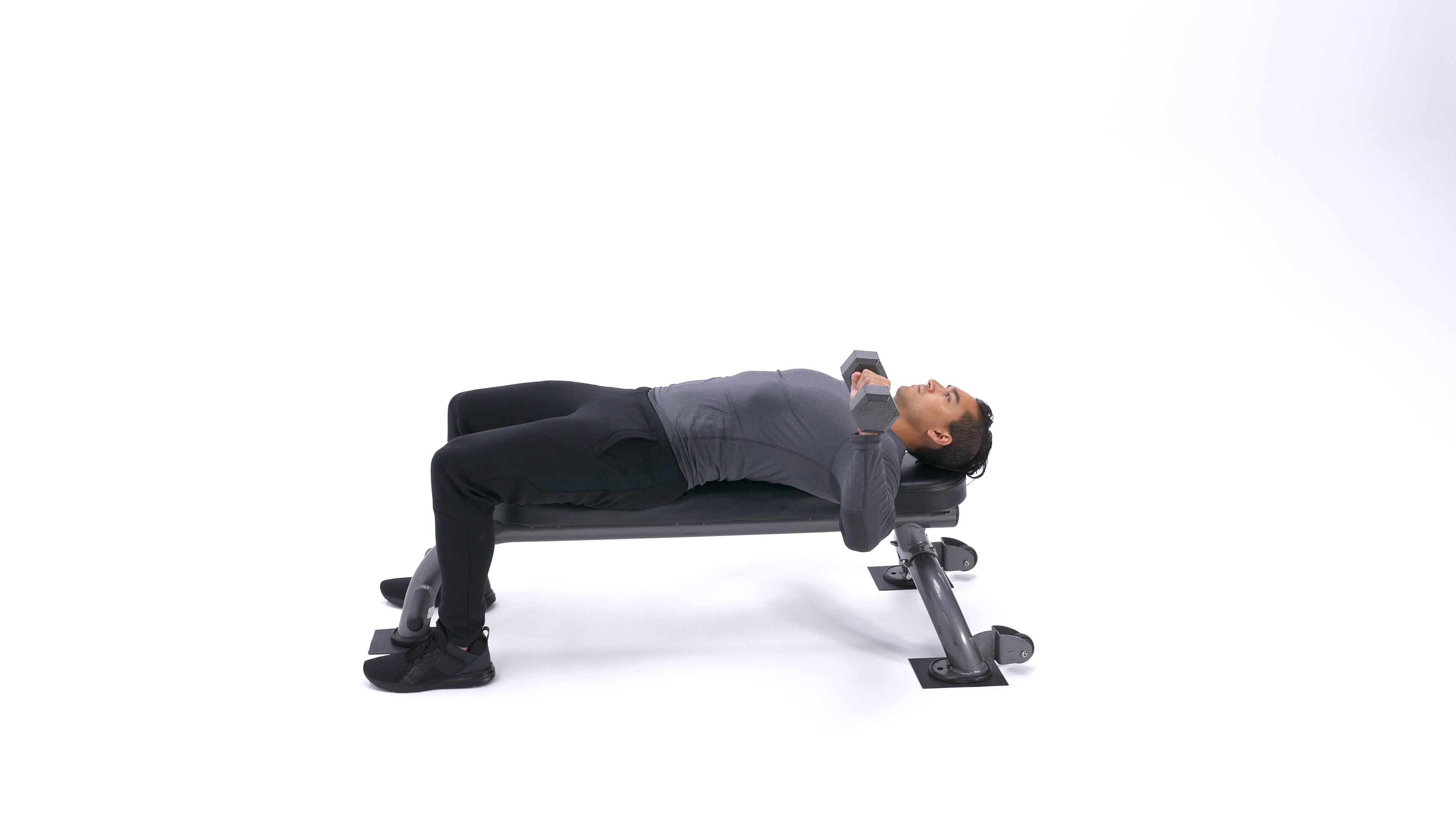
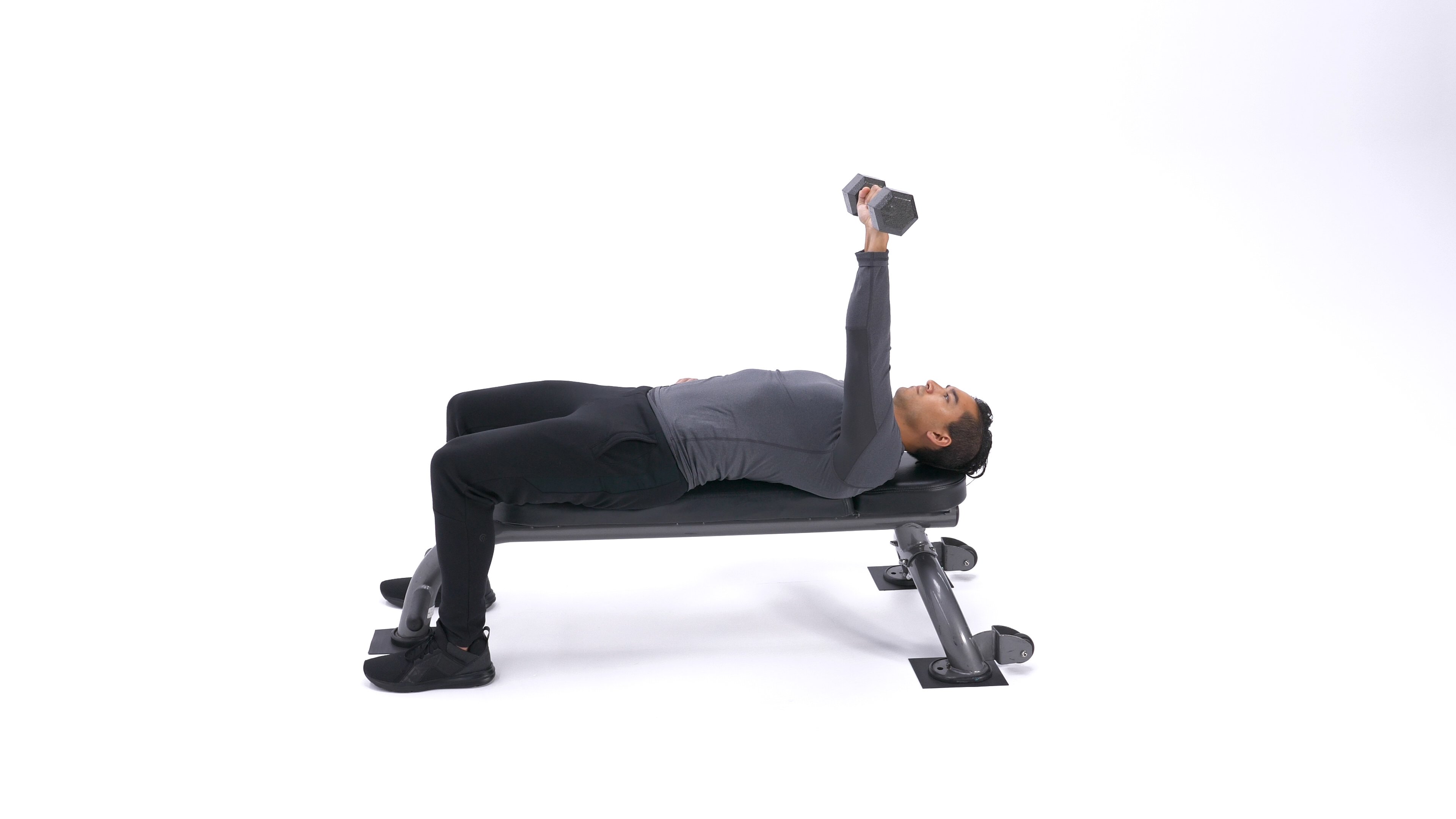
Single-arm kettlebell row Instructions

- Lie down on a flat bench with a dumbbell in one hand on top of your thigh.
- By using your thigh to help you get the dumbbell up, clean the dumbbell up so that you can hold it in front of you at shoulder width. Use the hand you are not lifting with to help position the dumbbell over you properly.
- Once at shoulder width, rotate your wrist forward so that the palm of your hand is facing away from you. This will be your starting position.
- Bring down the weights slowly to your side as you breathe in. Keep full control of the dumbbell at all times. Tip: Use the hand that you are not lifting with to help keep the dumbbell balance as you may struggle a bit at first. Only use your non-lifting hand if it is needed. Otherwise, keep it resting to the side.
- As you breathe out, push the dumbbells up using your pectoral muscles. Lock your arms in the contracted position, squeeze your chest, hold for a second and then start coming down slowly. Tip: It should take at least twice as long to go down than to come up.
- Repeat the movement for the prescribed amount of repetitions of your training program.
- Switch arms and repeat the movement.
Caution: When you are done, do not drop the dumbbell next to you as this is dangerous to your rotator cuff in your shoulders and others working out around you.
Just lift your legs from the floor bending at the knees, twist your wrist so that you can place the dumbbell on top of your thigh. When the dumbbell is touching your thigh simultaneously push your upper torso up (while pressing the dumbbell on your thigh) and also perform a slight kick forward with your legs (keeping the dumbbell on top of the thigh). By doing this combined movement, momentum will help you get back to a sitting position with the dumbbell still on top of your thigh. At this moment you can place the dumbbell on the floor.



